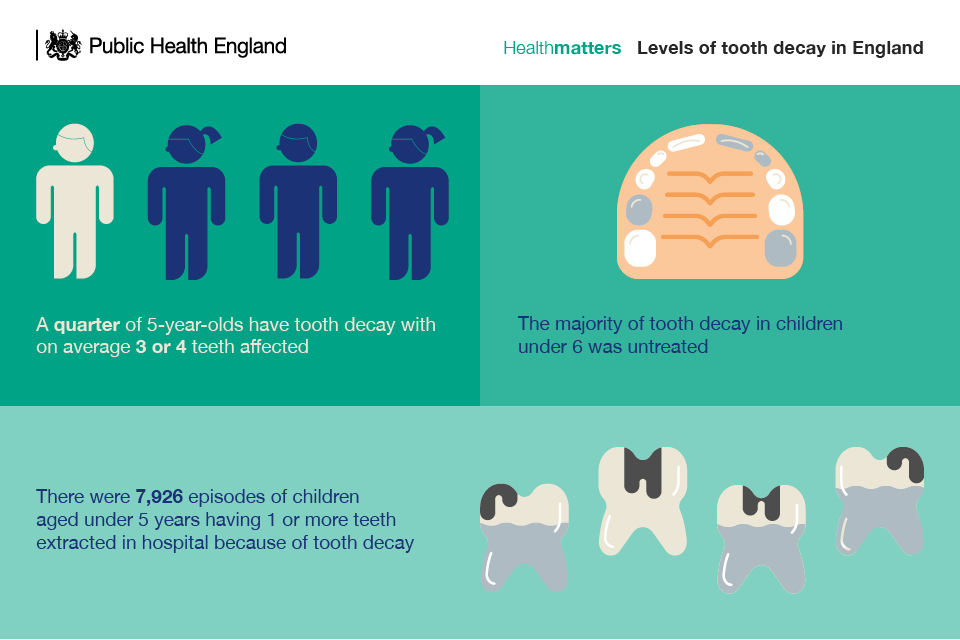Discover The Cutting-Edge Developments That Are Transforming The Method Of Oral Surgery. Check Out The Future Of This Area And Position On Your Own Advantageously. Click Now For A Consider The Future
Discover The Cutting-Edge Developments That Are Transforming The Method Of Oral Surgery. Check Out The Future Of This Area And Position On Your Own Advantageously. Click Now For A Consider The Future
Blog Article
Written By-Bendixen Browne
Welcome to the world of dental surgery, where technologies and advancements are forming the future of the field! In cedar hill dental fillings , you'll witness the transformative power of robotics, the innovative wonder of 3D printing, and the game-changing influence of minimally invasive methods.
The future of oral surgery holds an assurance of accuracy, effectiveness, and boosted individual end results. With the help of innovative robotics, specialists are able to carry out intricate procedures with higher accuracy and control.
3D printing technology is transforming the creation of oral implants and prosthetics, using personalized solutions that fit perfectly right into each patient's unique anatomy.
In addition, minimally intrusive methods are minimizing post-operative discomfort and recuperation time, enabling individuals to return to their day-to-days live earlier.
Get ready to explore the amazing technologies and breakthroughs that are reshaping the landscape of oral surgery!
Innovations in Robotics
One major development in dental surgery is making use of robot innovation, which enables exact and efficient operations. With the help of robot systems, oral cosmetic surgeons have the capacity to execute complex surgeries with enhanced accuracy, lessening the danger of human error.
These robot systems are furnished with advanced imaging innovation and specific instruments that enable surgeons to navigate via complex physiological structures with ease. By utilizing robot modern technology, surgeons can achieve higher surgical accuracy, resulting in enhanced patient results and faster recovery times.
In addition, using robotics in dental surgery allows for minimally invasive procedures, lowering the injury to surrounding cells and promoting faster recovery.
3D Printing in Dental Surgery
To enhance the field of dental surgery, you can check out the subtopic of 3D printing in dental surgery. This cutting-edge modern technology has the possible to change the means oral doctors operate and deal with people. Here are four key methods which 3D printing is forming the area:
- ** Customized Surgical Guides **: 3D printing enables the creation of extremely exact and patient-specific medical guides, boosting the precision and effectiveness of treatments.
- ** Implant Prosthetics **: With 3D printing, oral surgeons can develop tailored implant prosthetics that flawlessly fit an individual's special anatomy, leading to far better outcomes and person fulfillment.
- ** Bone Grafting **: 3D printing makes it possible for the manufacturing of patient-specific bone grafts, reducing the requirement for typical implanting methods and improving healing and healing time.
- ** Education and learning and Educating **: 3D printing can be used to develop reasonable surgical versions for educational purposes, enabling oral surgeons to practice intricate procedures prior to performing them on patients.
With its possible to boost precision, modification, and training, 3D printing is an interesting growth in the field of oral surgery.
Minimally Intrusive Methods
To additionally progress the area of oral surgery, embrace the possibility of minimally intrusive techniques that can significantly profit both doctors and clients alike.
Minimally invasive methods are changing the area by minimizing surgical injury, decreasing post-operative pain, and speeding up the healing process. These strategies include using smaller sized incisions and specialized instruments to perform procedures with precision and performance.
By utilizing advanced imaging modern technology, such as cone light beam computed tomography (CBCT), surgeons can precisely prepare and execute surgical procedures with very little invasiveness.
In addition, making use of lasers in oral surgery allows for exact cells cutting and coagulation, causing lessened blood loss and reduced healing time.
With minimally intrusive techniques, individuals can experience quicker recuperation, lowered scarring, and improved outcomes, making it an essential facet of the future of dental surgery.
Final thought
So, as you can see, the future of oral surgery is unbelievably promising, with exciting technologies and advances forming the field.
From smile makeover austin tx in robotics to making use of 3D printing and minimally intrusive techniques, dental doctors are transforming the way they provide treatment.
While some might bother with the possible expense connected with these improvements, it's important to remember that these technologies ultimately boost person results and minimize recovery time, making them well worth the investment in the long run.
